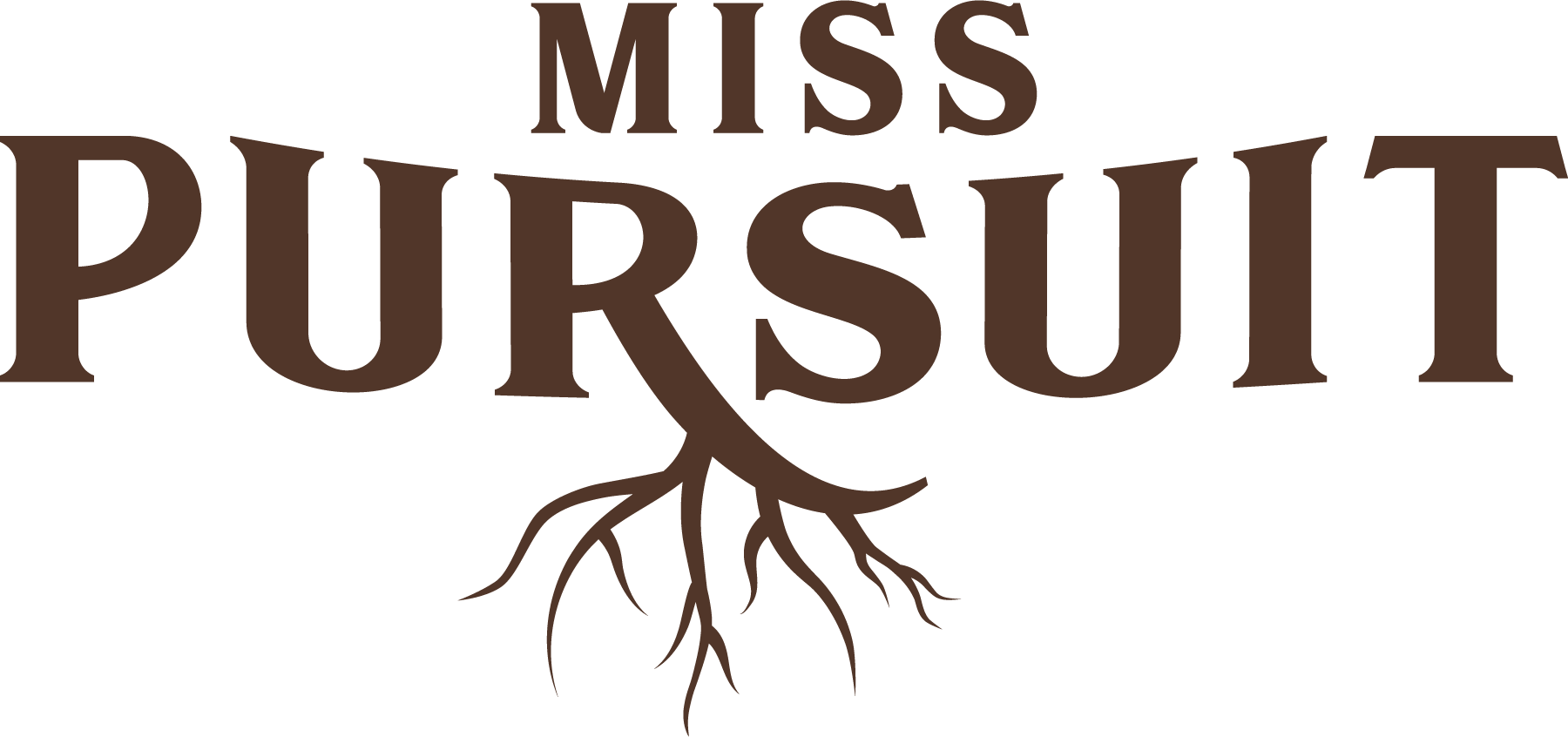Montana is a state that is known for its vast wilderness and abundance of wildlife, making it a popular destination for hunters. While hunting has traditionally been a male-dominated activity, more and more women are taking up the sport and finding success in the field. For women who are interested in hunting in Montana, there are a few key things to keep in mind to ensure a safe and enjoyable experience.
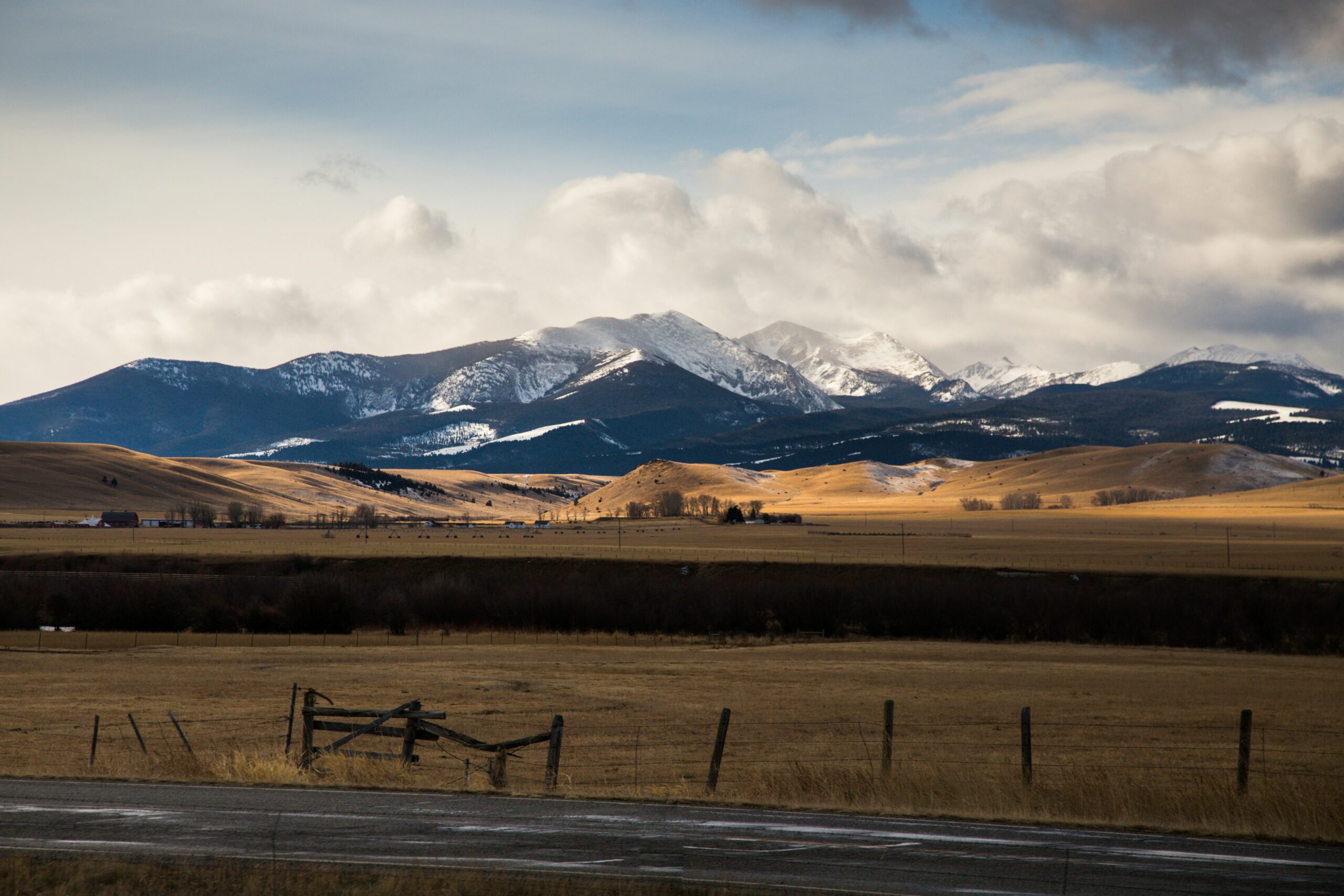
One of the most important considerations for any female hunter is comfort. It is essential to have the right gear and clothing to stay warm and dry in the often-challenging Montana weather conditions. Women's hunting apparel has come a long way in recent years, with many companies now offering specialized clothing and gear designed specifically for female hunters. Investing in high-quality gear can make all the difference when it comes to staying comfortable and focused during a hunt.
Another critical aspect of hunting in Montana is safety. It's essential to take necessary precautions to ensure that everyone remains safe. This includes taking a hunter safety course, wearing appropriate safety gear such as blaze orange clothing, and always being aware of your surroundings. By prioritizing safety, female hunters can enjoy a successful and rewarding experience in Montana's wilderness.
Essential Gear for Women Hunters in Montana
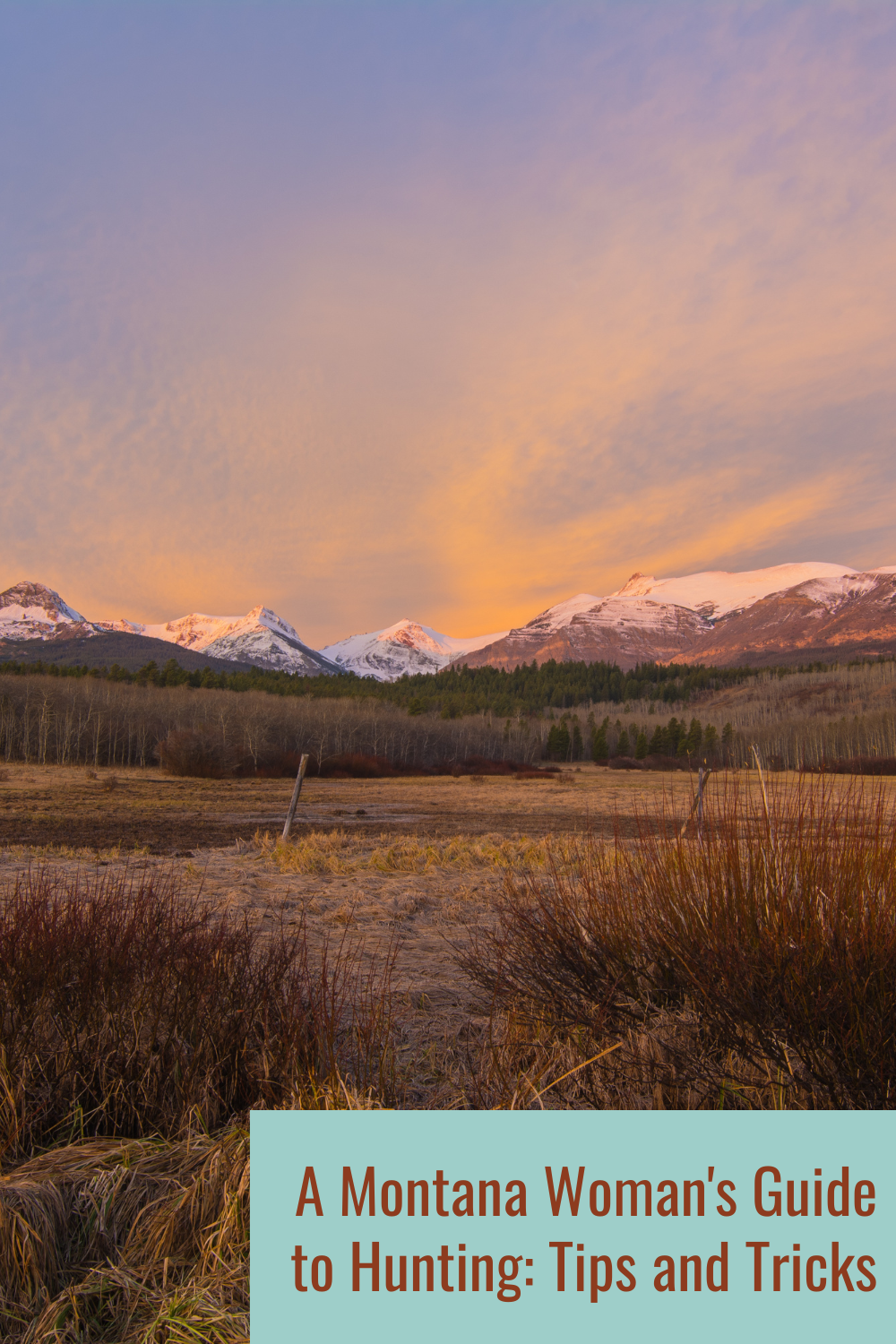
When it comes to hunting, having the right gear is crucial for a successful and enjoyable experience. This is especially true for female hunters, who may have specific needs and preferences when it comes to hunting apparel and equipment. In this section, we will discuss some essential gear that every woman hunter should have in her arsenal.
Read More: A Montana Guide to Great State Parks
Choosing the Right Hunting Apparel
One of the most important aspects of hunting gear for women is the clothing. It is essential to choose clothing that is comfortable, breathable, and versatile. Many women's hunting clothing brands such as First Lite and Prois offer hunting apparel that is specifically designed for women.
When selecting hunting apparel, you should look for features such as insulation, adjustable cuffs and hoods, and pockets for storing hunting equipment. Breathable and windproof materials are also essential for backcountry hunting. Additionally, merino wool is a great material for base layers, as it is soft, breathable, and temperature-regulating.
Must-Have Equipment for a Montana Hunt
Aside from hunting apparel, there are several pieces of equipment that every woman hunter should have. A quality hunting pack is essential for carrying hunting gear, food, and water. Look for a pack with adjustable straps and a comfortable fit.
Winter gloves are another must-have item, as they protect your hands from the elements and provide grip when handling equipment. Bino harnesses are also important for keeping your binoculars secure and easily accessible.
Finally, a hunting jacket is a crucial piece of gear for any female hunter. Look for a jacket with a removable fleece liner, adjustable hood, and plenty of pockets for storing equipment. It should also be windproof and breathable to keep you comfortable in a variety of weather conditions.
By investing in quality hunting gear and apparel, female hunters can ensure a comfortable and successful hunting experience.
Read More: How Moon Phases Can Up Your Game in Deer Hunting
Understanding the Hunting Environment
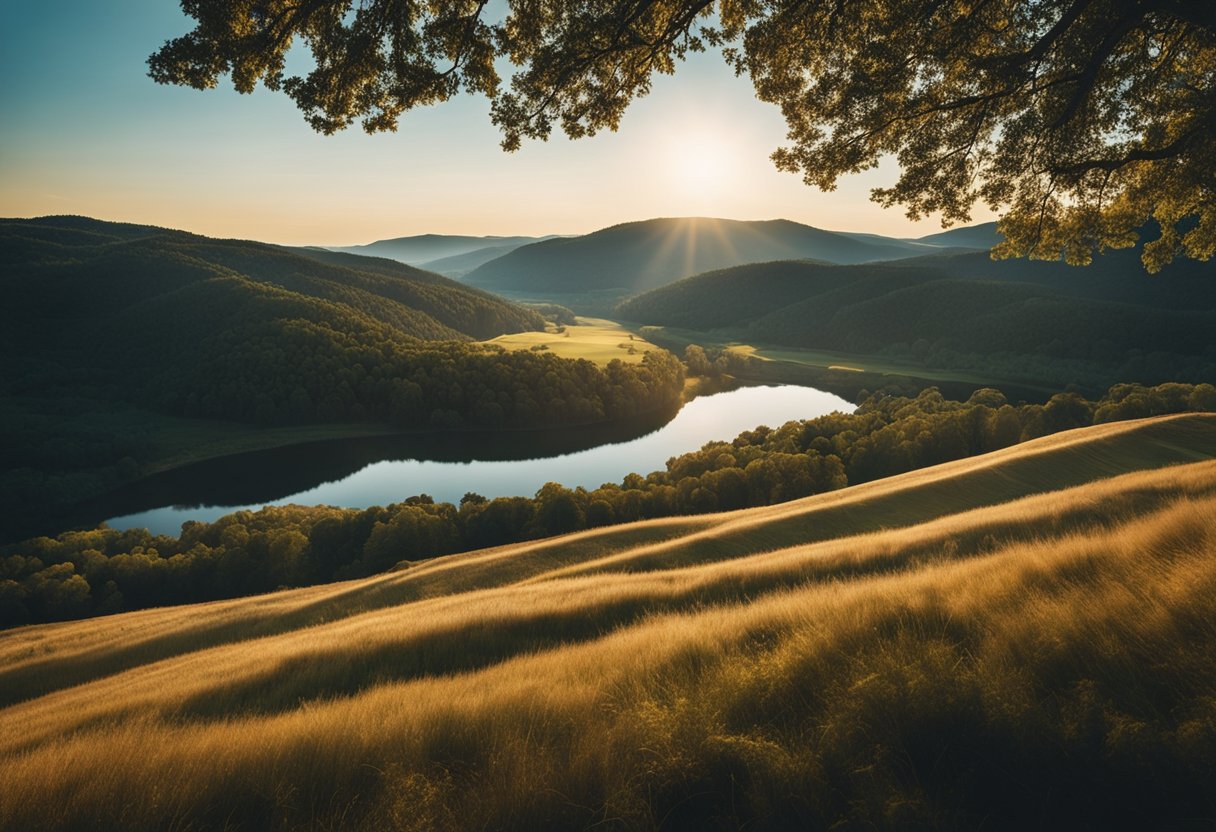
Weather and Terrain Considerations
Montana's weather can be unpredictable, so it's important to be prepared for anything. Hunters should always check the weather forecast before heading out and dress accordingly. Layers are essential to stay warm in the morning and cool in the afternoon. It's also important to consider the terrain when dressing for the weather. For example, if you're hunting in the mountains, you'll need to dress for colder temperatures and be prepared for snow.
When it comes to terrain, hunters should be aware of the risks and challenges associated with hunting in the backcountry. It's important to have a good understanding of the area you'll be hunting in and to be prepared for any obstacles you may encounter. This includes steep inclines, rocky terrain, and thick brush.
Navigating the Backcountry
Navigating the backcountry can be a challenge, especially for those who are new to hunting. It's important to have a good understanding of the area you'll be hunting in and to be prepared for any obstacles you may encounter. This includes steep inclines, rocky terrain, and thick brush.
Hunters should also be prepared to spend long periods of time in the backcountry. This means bringing enough food and water to last the entire trip, as well as a reliable source of shelter in case of inclement weather. A flashlight is also essential for navigating in the dark.
Overall, understanding the hunting environment is essential for any successful hunting trip. By taking the time to prepare for the weather and terrain, as well as navigating the backcountry, hunters can increase their chances of success while staying safe and comfortable.
Hunting Techniques and Strategies
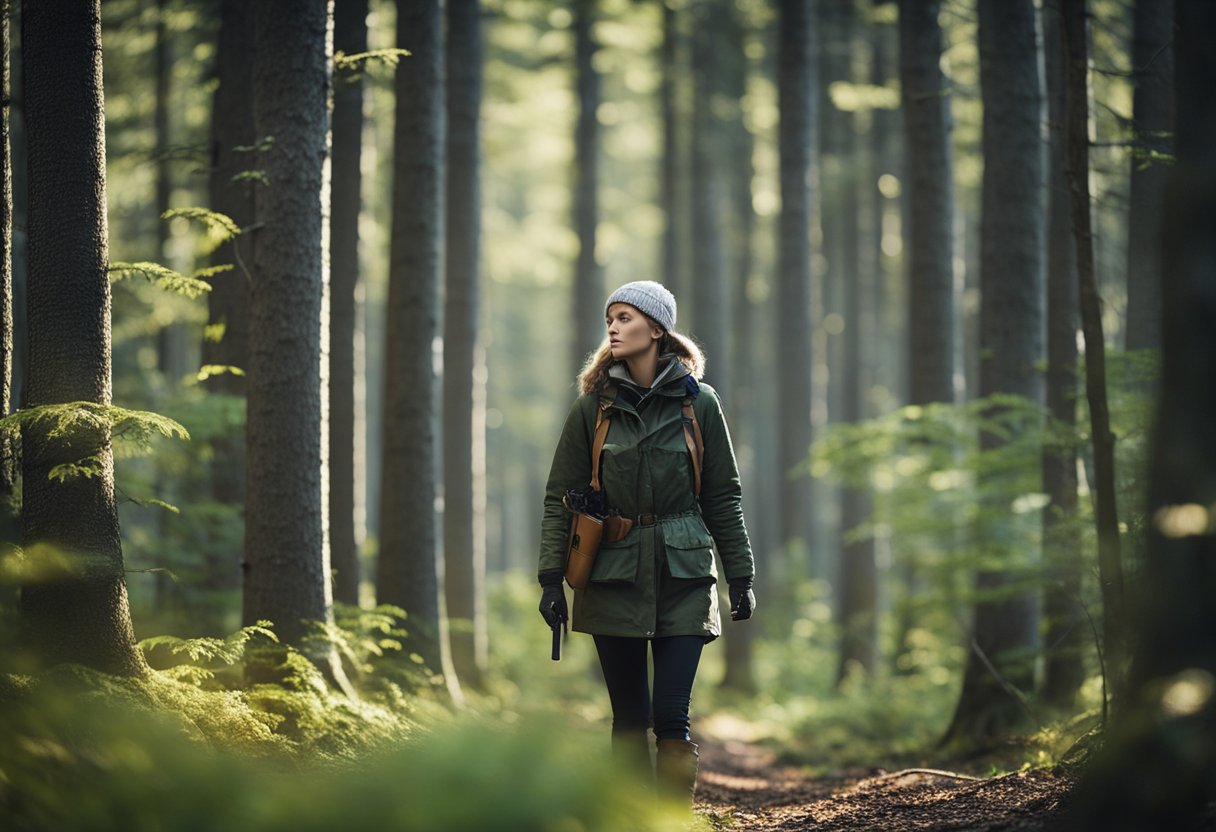
Archery vs. Rifle Hunting
When it comes to hunting, there are two primary weapons used: archery and rifle. Both have their advantages and disadvantages, and it ultimately comes down to personal preference. Archery hunting requires more skill and practice, as it requires the hunter to get closer to the game and make a more precise shot. On the other hand, rifle hunting allows for a longer range and more accurate shot, making it a better option for those who are less experienced or confident in their abilities.
For female hunters, archery may be a more appealing option, as it requires less physical strength and can be more comfortable to handle. However, it's important to note that both archery and rifle hunting can be equally effective when done correctly.
Read More: A Montana Woman’s Guide to Fishing
Tracking and Field Dressing Game
Tracking is a crucial skill for any deer hunter, and it's important to know how to properly track and locate game. This involves looking for signs such as tracks, droppings, and bedding areas. It's also important to be aware of the local hunting community and any regulations or restrictions in the area.
Once the game has been successfully hunted, the next step is field dressing. This involves removing the internal organs and preparing the animal for transportation and processing. It's important to have the proper equipment and knowledge to safely and efficiently field dress the game.
Overall, hunting techniques and strategies require a combination of skill, knowledge, and practice. Whether using archery or rifle, tracking game, or field dressing, it's important to approach hunting with a confident and knowledgeable attitude.
Safety and Ethics in Hunting
Preparation and Precautionary Measures
Before heading out on a hunting trip, it is important to take certain precautions to ensure safety. This includes preparing a first aid kit and checking the weather forecast. Hunters should also inform someone of their intended location and expected return time, especially if they're solo exploring.
Montana's state wildlife agency, Montana FWP, offers hunter education courses that teach firearm safety, ethics, and other outdoor skills. Anyone born after January 1, 1985, must complete a hunter education course to purchase or apply for a Montana hunting license. These courses are offered throughout the year across the state for anyone 10 years and older.
Responsible Hunting Practices
Responsible hunting practices involve following state regulations and guidelines, as well as ethical considerations. Hunters should always obtain the necessary licenses and permits, and follow bag limits and other regulations. They should also respect the land and wildlife, and avoid causing unnecessary harm.
Patience is a key component of ethical hunting. Hunters should wait for a clear shot, and avoid taking shots that may result in wounding or injuring the animal. They should also avoid hunting in areas where children or other non-hunters may be present.
Overall, safety and ethical considerations should guide all hunting practices in Montana. By taking the necessary precautions and following responsible hunting practices, hunters can enjoy a safe and rewarding experience.
Engaging with the Hunting Community
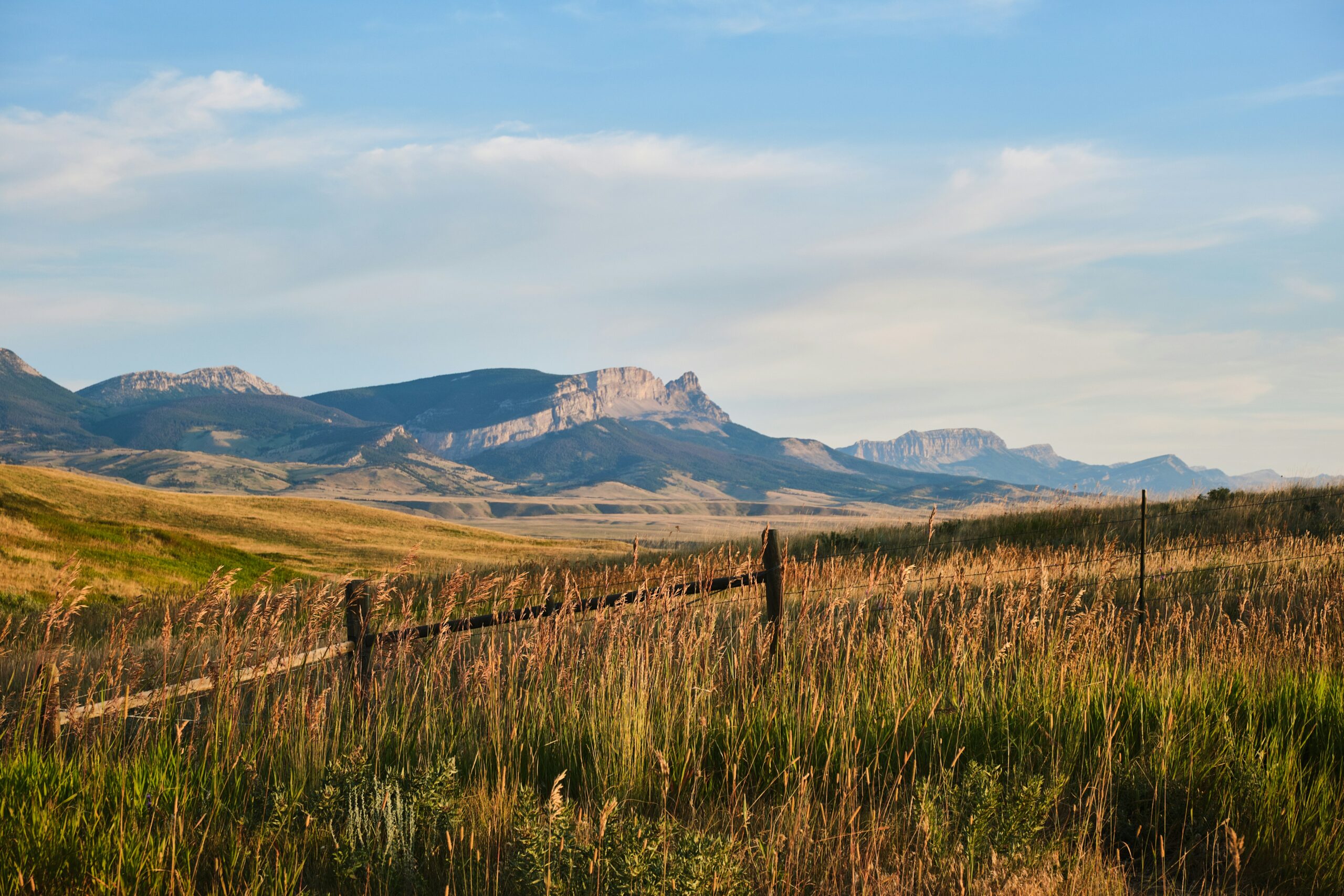
As a Montana woman hunter, engaging with the hunting community is a great way to learn from experienced hunters, share experiences and tips, and build lasting relationships with like-minded individuals.
Learning from Experienced Hunters
One of the best ways to improve hunting skills is by learning from experienced hunters, like those here at Miss Pursuit. Montana has a rich hunting culture, and there are many experienced hunters who are willing to share their knowledge and expertise. Women hunters can join local hunting clubs, attend hunting workshops, and participate in hunting events to connect with experienced hunters.
Social media platforms such as Facebook and Instagram have also made it easier for female hunters to connect with experienced hunters. Women hunters can join groups such as Montana Women Hunters on Facebook to connect with other female hunters and learn from experienced hunters.
Sharing Experiences and Tips
Sharing experiences and tips is an essential part of the hunting community. Montana women hunters can share their hunting experiences and tips with other hunters through social media platforms, local hunting clubs, and hunting events.
Local hunting clubs are a great way to connect with other hunters in the community and share experiences and tips. Women hunters can also participate in hunting events such as hunting camps and workshops to connect with other hunters and share their knowledge.
In conclusion, engaging with the hunting community is an essential part of being a Montana woman hunter. By learning from experienced hunters and sharing experiences and tips, women hunters can improve their hunting skills and build lasting relationships with other hunters in the community.
Frequently Asked Questions
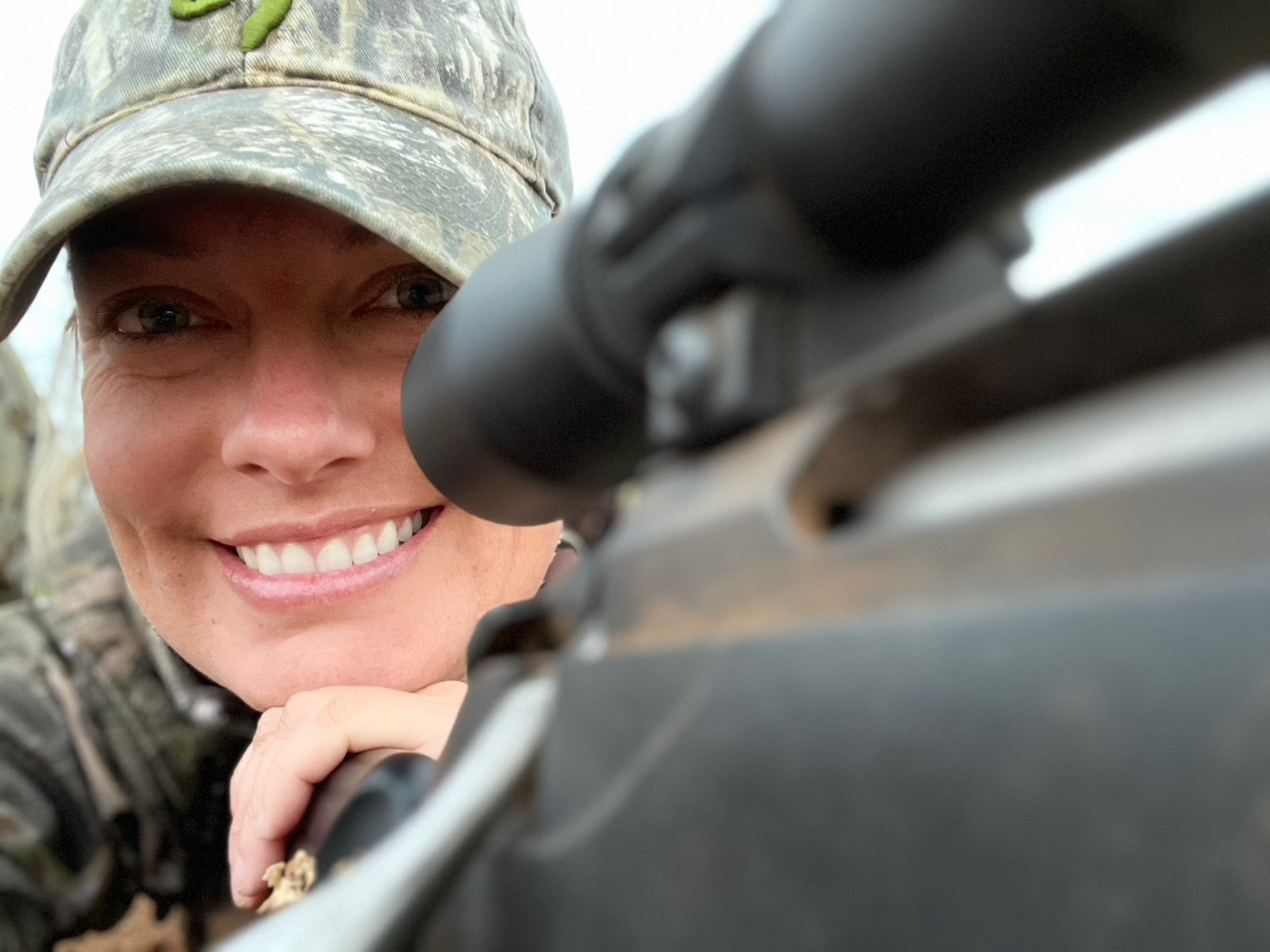
What are the requirements for women to participate in the Becoming an Outdoors Woman program in Montana?
The Becoming an Outdoors Woman (BOW) program is a great opportunity for women to learn about hunting, fishing, and other outdoor activities. The program is open to women of all ages and skill levels, and no previous experience is required. Participants must have a valid Montana hunting or fishing license. The program offers a variety of classes and workshops, including archery, firearm safety, and hunting techniques.
What species are most popular for hunting by women in Montana?
Women hunters in Montana enjoy hunting a variety of species, including elk, deer, antelope, and upland birds. Elk hunting is especially popular among women, as Montana has a large population of elk and offers many opportunities for hunting.
How can one become a certified hunting guide in Montana?
The Montana Board of Outfitters regulates guides and outfitters. The qualifications for a person applying for a Guide License are:
- Must be 18 years of age or older.
- Must possess a valid Montana Wildlife Conservation License along with a Montana hunting and fishing license. Follow the link below for information on these licenses.
- Must be physically and mentally capable of performing the duties of a guide.
- Must be recommended by an outfitter with a valid Montana Outfitter license.
- Must have a current first aid certification. The American Red Cross of Montana offer hands on classes in many Montana towns throughout the year. To find one near you, follow the link below. After your hands-on certification, you may take the renewal test online at the address furnished on the board website below.
- Must meet one of the following requirements in the area to be guided in: 1) have at least one season experience of hunting and fishing, 2) have worked for 6 weeks for the outfitter signing the license, or 3) have received training as a guide from a board-approved school.
- Must have knowledge of the hunting and fishing techniques needed to provide the guide service.
- Must have knowledge of the equipment and terrain.
What educational programs are available for women interested in archery and hunting in Montana?
Montana offers several educational programs for women interested in archery and hunting. The Montana Fish, Wildlife & Parks (FWP) offers a Becoming an Outdoors Woman program, which includes classes on archery, firearm safety, and hunting techniques. Additionally, the FWP offers hunter education courses, which cover topics such as hunting laws, safety, and ethics.
What are the distinctions between the different BMA types for hunting in Montana?
Montana offers several types of Block Management Areas (BMAs) for hunting. These include Walk-in Access Areas, Hunt by Written Permission Areas, and Hunt by Reservation Areas. Walk-in Access Areas are open to the public and do not require permission. Hunt by Written Permission Areas require written permission from the landowner. Hunt by Reservation Areas require a reservation and a fee.
What recreational hunting opportunities exist for women in Montana's wilderness?
Montana offers many recreational hunting opportunities for women in its wilderness areas. These areas provide a unique hunting experience, as they are remote and offer a chance to hunt in pristine natural environments. Some popular wilderness areas for hunting include the Bob Marshall Wilderness, the Absaroka-Beartooth Wilderness, and the Selway-Bitterroot Wilderness.
